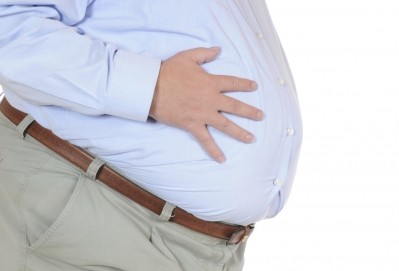Resveratrol + exercise may lead to increased mitochondrial capacity

Researchers at the University of Georgia studied 16 young adults and found that participants that ingested 500 mg of resveratrol plus 10 mg of piperine daily over four weeks, paired with low-intensity exercise for three sessions a week, had a significant increase in skeletal muscle mitochondrial capacity compared to participants who ingested a placebo.
Adding a pinch of pepper
Resveratrol, which is a polyphenol oxidant found in cranberries, peanuts, grapes, and other plant species, has been gaining a lot of attention in the dietary supplements industry because of its cardiac benefits and benefits for people with obesity or diabetes. However, its studies exploring its benefits to aid exercising have come under scrutiny before.
”The research [on humans] to date has produced contradictory findings,” the UGA researchers wrote in their paper. “These inconsistent findings in human studies could be due to multiple factors, including the health of the participants, variations in the muscles trained, the training stimulus, and the dose and bioavailability of the resveratrol.”
Learning from these past mistakes, the researchers co-supplemented test participants with piperine, the alkaloid found in black pepper, which they hypothesized “could lead to enhanced bioavailability and bioefficacy of resveratrol and improve the ability to produce physiological benefits in humans yet minimize the potential risks associated with high doses.”
For this study, the researchers used a supplement with 99% pure trans resveratrol, produced by Connecticut-based MegaResveratrol. The piperine supplement used was BioPerine, provided by Sabinsa Corps., and contained 95% piperine.
A boost from exercise
Exercise was also an important part of the study, as researchers sought to find out the effect of ingesting resveratrol and piperine has in muscle mitochondrial capacity with submaximal endurance training in healthy subjects.
To qualify, participants had to not be taking any oral medications other than oral contraceptives or any vitamin supplements. Moreover, participants whose exercise regimen involved excessive use of the forearm muscle, such as rowing, rock climbing, or CrossFit, were also excluded.
On top of their regular exercise activity, participants were asked to perform 30 minutes of supervised forearm wrist flexor exercises of the non-dominant arm for three times per week over four weeks.
“The wrist flexor muscles were chosen as the muscle of interest because they are relatively de-trained,” the researchers wrote. The dominant arm was not trained and used as the untrained control arm for each subject.
Findings
Using near infrared spectroscopy, which lasted 45 minutes each session on weeks zero, two, three, and four, the researchers found significant differences between the resveratrol and piperine-trained arm, which has a 40% skeletal muscle mitochondrial capacity increase from the baseline, and the placebo-trained arm, which had a 10% increase from the baseline.
“The primary finding in this study was that four weeks of resveratrol and piperine supplementation combined with a submaximal endurance training stimulus significantly increased mitochondrial oxidative capacity, compared with exercise training with a placebo,” the study said.
According to the researchers, their study was different from the previous resveratrol and exercise studies that went under fire “due to the muscle group trained, the intensity of the exercise training regimens, or the dosage amounts.”
They were quick to admit that future studies are needed to “systematically examine whether resveratrol differentially modifies adaptations to low versus high-intensity exercise training on arm versus leg training,” as well as additional research into the amount of resveratrol needed to procure physiological changes.
Source: Applied Physiology, Nutrition, and Metabolism
Published on the web 11 September 2015, doi: 10.1139/apnm-2015-0370
“Influence of exercise training with resveratrol supplementation on skeletal muscle mitochondrial capacity”
Authors: K.R. Polley, N. Jenkins, P. O’Connor, K. McCully
















